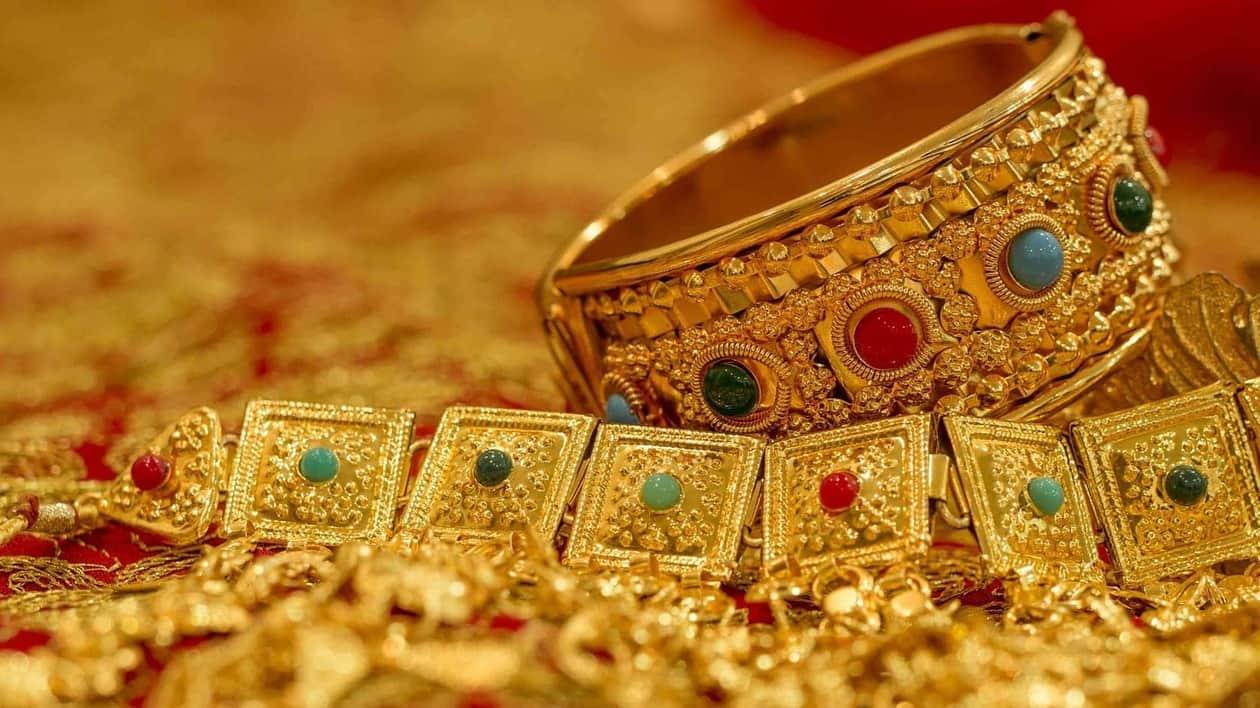Indian banks are witnessing a notable increase in loans secured by gold jewellery (LAGJ), and it is projected that the portfolio will surpass ₹1 trillion in the upcoming months. This surge in LAGJ loans is propelled by robust year-over-year (YoY) growth.
The alluring yields provided by LAGJ loans, even though the pledged gold retains high liquidity, have played a significant role in fuelling the increasing fascination with this industry. Despite being supported by valuable assets, the interest rates for versatile gold loans commence at approximately 11 per cent, rendering them a compelling choice for borrowers. As a result, there has been a substantial upswing in gold loans across the sector.
Regarding bank loans doled out instead of gold investments, data from the Reserve Bank of India (RBI) reveal, “As of June 30, 2023, the banks' LAGJ portfolio demonstrated a robust 26% Y-o-Y growth compared to the outstanding on July 1, 2022, reaching ₹95,347 crore.”
Banks are increasingly directing their attention towards the LAGJ segment due to the following reasons:
- Enhanced yields: The loans against gold jewellery typically offer more attractive interest rates compared to other loan types. This is primarily because the pledged gold jewellery serves as a valuable asset that can be readily converted into cash if the borrower fails to meet their obligations.
- Reduced default rates: These loans generally exhibit lower default rates when contrasted with other loan categories. This phenomenon can be attributed to the relatively limited liquidity of gold jewellery as an asset, discouraging borrowers from defaulting since they risk losing their valuable items.
- Streamlined recovery through auction processes: In the event of a borrower defaulting on such a loan, the bank can efficiently recover its funds by auctioning the pledged gold jewellery. This process is relatively swift and straightforward, minimizing the bank's exposure to potential losses.
PSBs join the trend
Public sector banks (PSBs) have joined the spotlight on the LAGJ segment as well.
Before the pandemic, the primary lenders in the LAGJ sector were private sector banks, whereas PSBs directed their focus towards agriculture gold loans, a classification tied to priority sector lending (PSL).
However, in recent times, PSBs have also shifted their attention towards the LAGJ arena, enticed by the appealing blend of higher returns, diminished default rates, and the simplicity of recovery through auction mechanisms.
Here are supplementary insights into the altered lending landscape of the PSBs within the LAGJ segment
- This shift in lending behaviour by PSBs within the LAGJ domain stems from several factors, which encompass:
- Escalating demand for LAGJ loans from borrowers,
- The imperative for PSBs to enhance their profitability, and
- The relaxation of regulatory standards overseeing LAGJ loans.
The alteration in lending approach by PSBs within the LAGJ sphere is poised to exert a notable influence on the Indian banking sector. Anticipated outcomes encompass heightened competition in the LAGJ sector, potentially translating into reduced interest rates for borrowers. Furthermore, it is projected to stimulate the expansion of the LAGJ market, thereby contributing to overall economic growth.
